Description
Tasting Notes:
A very surprisingly nice cup that is pretty different from the Estate coffees, one can see the wilder plants and strains really shine. A little lighter bodied than most PNG coffees. It has some fantastic floral/nutty/chocolaty notes that balance nicely. A bit brighter at lighter roasts but by no means a high acidity coffee, gives it almost a South American spin with some nutty/floral and soft fruit tones. Darker roast points one can see a bit more of that classic PNG chocolate and spice factor with a little fuller body and very low acidity.
Roasting Notes:
We thought this cup really shined at medium roast, city plus to full city. A little acidity pokes out but adds a lot of sweetness. The cup holds up nicely darker as well but will burn out a bit of the caramel pretty close to 2nd crack.
Read More:
Papua New Guinea “The Wild West Of Coffee Production”
Papua New Guinea Carpenter Estates Coffee
We carried Sigri coffee in the early days of Burman Coffee, around 2003-2006. I still remember it being one of my favorites. Back then we got it through big channel distributors. Then one day, it was just gone. Without a direct relationship we had no way to obtain one of our favorites. Flash forward to 2016, VJ (owner of Carpenter Estates) and Vikram (cousin and importer) stroll into the warehouse. Took a couple years and visits to build the relationships necessary to carry the coffee but it has been a fruitful process. Some of the best PNG on the block from an operation well worth supporting.
The highlands of PNG are where all the good beans come from – Sigri is on a bit of the easterly edge of the highlands and maintains a true estate. This A/X is not from their estate but I think it has the coolest story behind it. The highlands, besides a couple estates, are still filled with indigenous coffee growers – wild strains, small villages, the wild side of PNG. The problem was that they had no processing equipment and the beans took days if not weeks to get to a processing plant for even the 1st step (normally done within hours of picking). This delay in processing was causing bad beans, no matter how cool the plants and how well they picked them, they had no choice but to produce some of the lower quality PNG beans with the lack of infrastructure. So if good beans were being produced, it was because a 3rd party was stepping in and buying the cherry for well under market value and transporting it quickly to private processing plants – no good for the small scale farmer.
Sigri had a great idea, they ran around to these remote areas and dropped off nice pulping machines – the big trick to producing quality beans is to quickly pulp it after picking. Now the beans could safely take the transit time to get to the awesome Sigri wet mill, without sacrificing too much quality . Sigri then takes it from there and gives the beans the same attention to quality as their own estate coffee. Giving it the Sigri name also really helps these farmers market and sell their top notch beans to foreign markets, bringing in a huge premium compared to the below market prices they were getting before.
To learn more about Carpenter Estates coffees, see our recent blog article.
The quick story of Papua New Guinea Sigri (one can clear up a lot of information when you get on the ground somewhere):
What I and many others thought was Sigri Estate is actually Carpenter Estates – Sigri being only one of the areas of the estate (easily the most famous). The other two are Bunum Wo and Kindeng. Each of the three produces a different cup quality; PNG being full of microclimates really puts a different spin on each section. Each one is like its own village situated right next to each other, with separate wet mills, drying fields, nurseries, living quarters, and schools for each of the three sections. But they do share a couple facilities (dry mill, bagging, trucking to port) and many staff.
Each of the three sections of Carpenter Estates has separate fields for different strains and top-notch agronomists to grow the best beans. Most of these folks have coffee in their blood. Being a part of the coffee here is a birthright for them (seen as a cradle to the grave philosophy). Great pride all around.

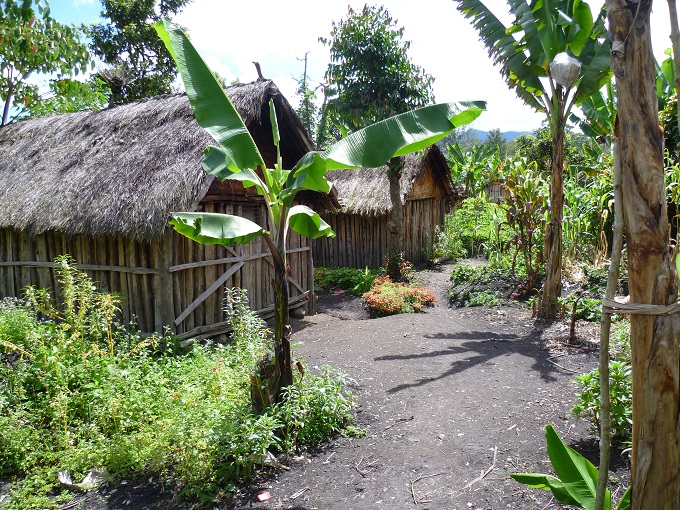
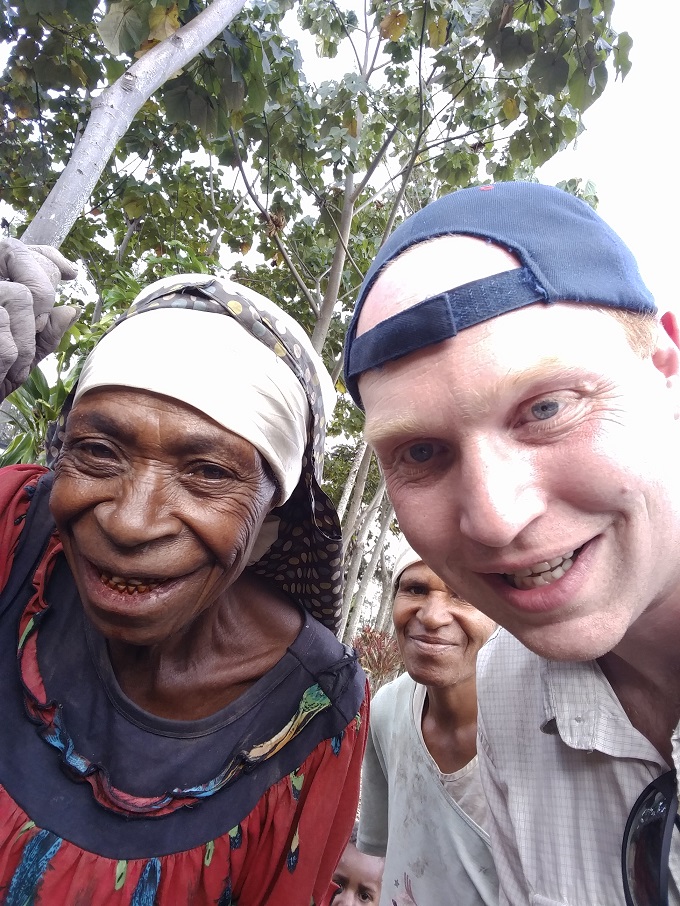
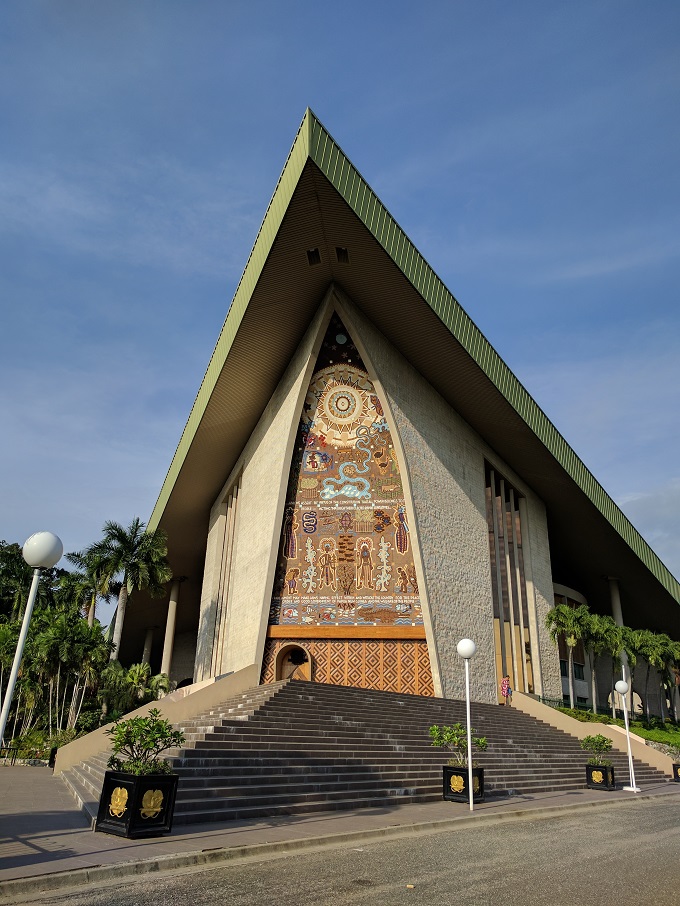
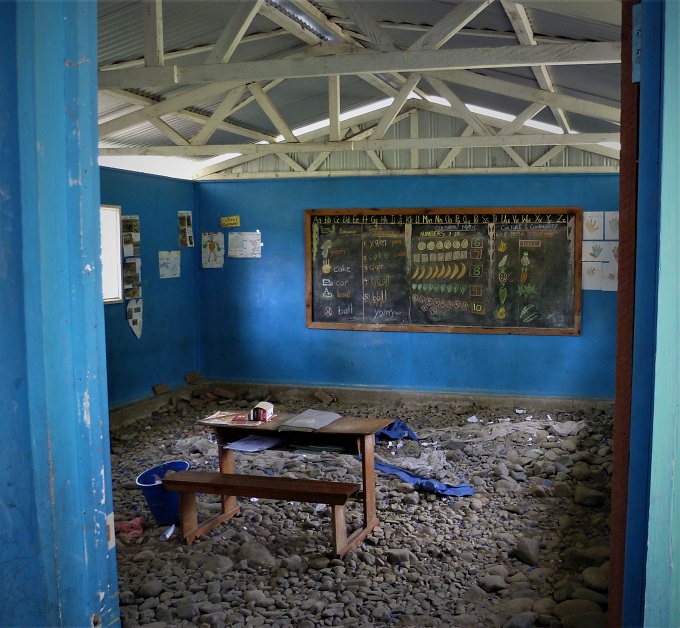
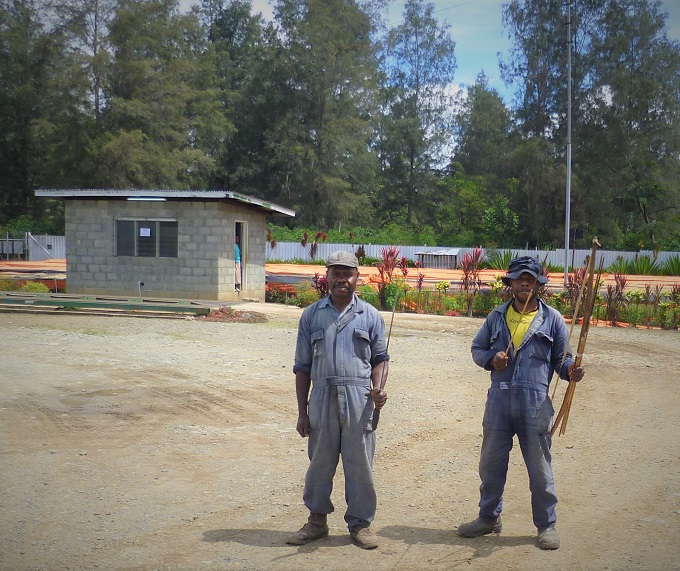
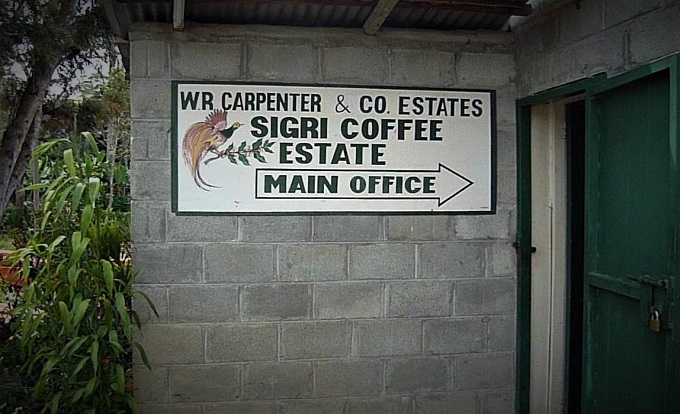

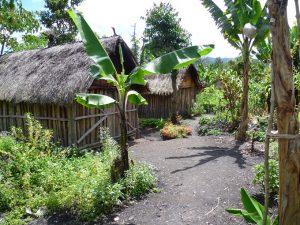
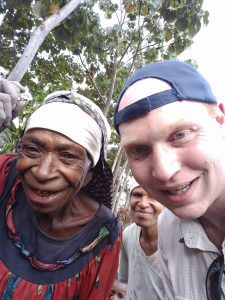
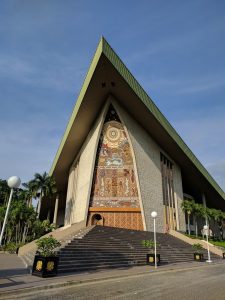
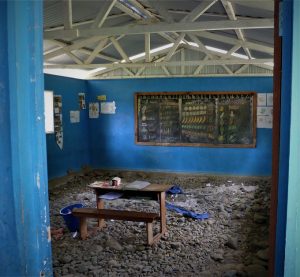
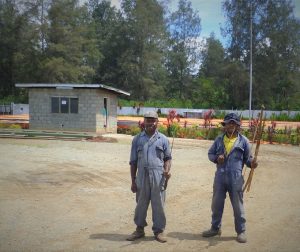
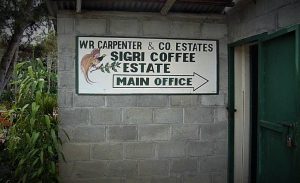
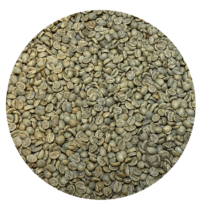
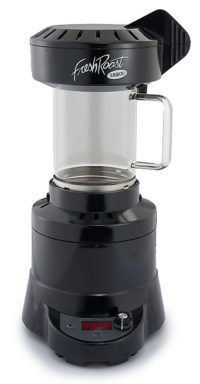
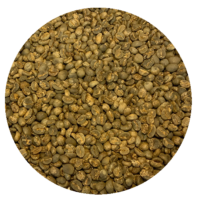
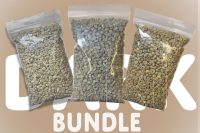

nwlnwlnwl (verified owner) –
A great little change-of-pace coffee, for when you want something a little different. As habit, I generally roast about 0:45 to 1:15 beyond first crack. Spice dominates the early sips. As the coffee mellows out and cools down a bit, the floral flavors start to come through. Not smooth enough to be a day-to-day morning coffee (then again, I don’t plan on having a day-to-day morning coffee), but it works beautifully as a change-of-pace, something just different enough to remind you how remarkable coffee is. Recommend picking up a pound or two along with whatever you usually order.
Jonathan Proulx (verified owner) –
This is becoming my morning cuppa. Started with 1 pound then 2 and just ordered 5…
Roasted city to full city and brewed in a mokka pot gives a medium to full body with very nice nutty chocolatey notes up front and lots of subtle complexity on the back end I can appreciate if not quite describe.